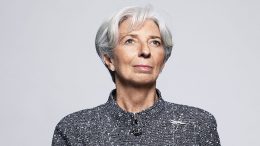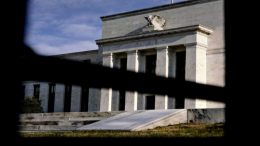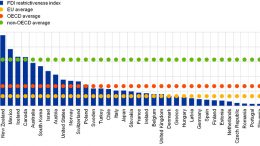The ECB poised to loosen money conditions
JP Marín-Arrese | Christine Lagarde’s nomination ensures the ECB will fully preserve Draghi’s heritage. It will certainly deliver a substantive loosening in monetary policy over the coming months. Everyone expects the first move to materialise this week, probably a rate cut. Anything short of a clear message in the coming press conference would deeply disappoint the markets. Whatever happens next Thursday, more robust action will materialise before the year close.










